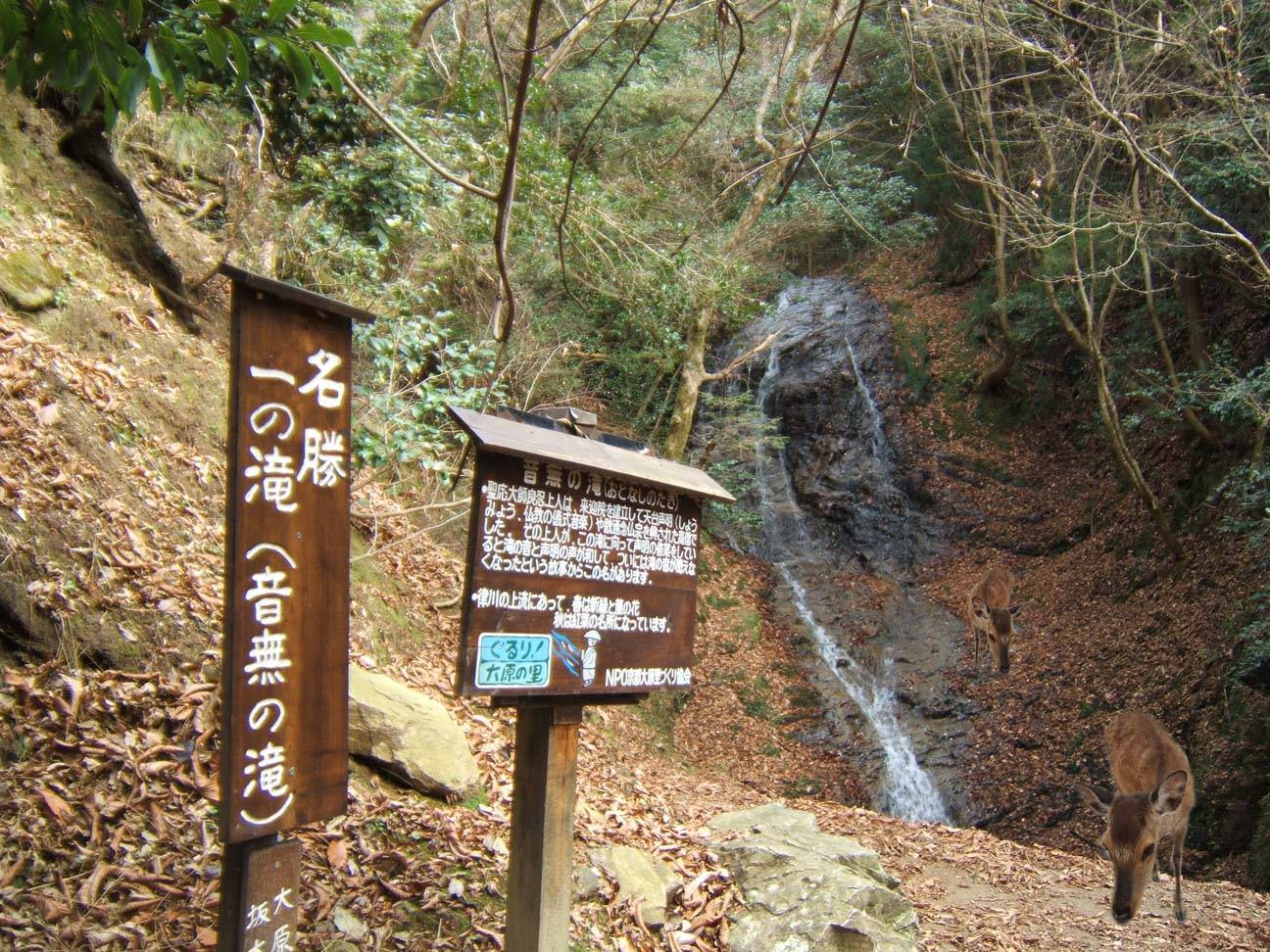Ohara
Ohara is a rural town nestled in the mountains of northern Kyoto, about one hour from Kyoto Station, but still technically located within Kyoto's city limits. Ohara is best known for Sanzenin Temple and particularly popular in mid November during the autumn leaf season, which typically occurs about one week earlier than in central Kyoto.
Sanzenin Temple is located part way up the forested mountains in the east of Ohara. It is a large temple with a variety of buildings and gardens, and was established in the early Heian Period (794-1185) by the great monk Saicho, who founded the Tendai sect of Japanese Buddhism. The path from the town to the temple is lined with numerous small shops. One of the local specialties on sale are aisu kyuri, cucumbers pickled in seaweed flavored ice water and served on a stick.
The temples surrounding Sanzenin also belong to the Tendai sect. They are quite small, and typically have only a couple of buildings or a garden. If you follow the walking trail behind the temples further into the forested mountain, you will eventually get to Otonashi Waterfall.
There are also a few attractions on the hillside on the opposite side of the valley, although there is generally less to see in this area. Jakkoin Temple, another temple of the Tendai sect, is the area's main attraction. The temple has a long history, but unfortunately suffered serious damage from a fire in 2000 in an act of arson. The area has a few shops, but not nearly as many as around Sanzenin.
In 2004 drilling took place in Ohara that allowed the town's ryokan (Japanese inns) to access hot spring water from over a kilometer deep within the earth. There are two ryokan near Jakkoin and one near Sanzenin where visitors can stay overnight, enjoying hot spring water baths after a day of sightseeing. For travelers with less time, the baths are also open to day trippers in combined lunch and bath sets.
Sanzenin Temple is the main attraction of Ohara, around which most of the town's tourist activity is centered. The temple has a number of temple buildings, gardens, and walking paths to explore. There is a highly valued statue of the Amida Buddha on display that dates back to the 900s.
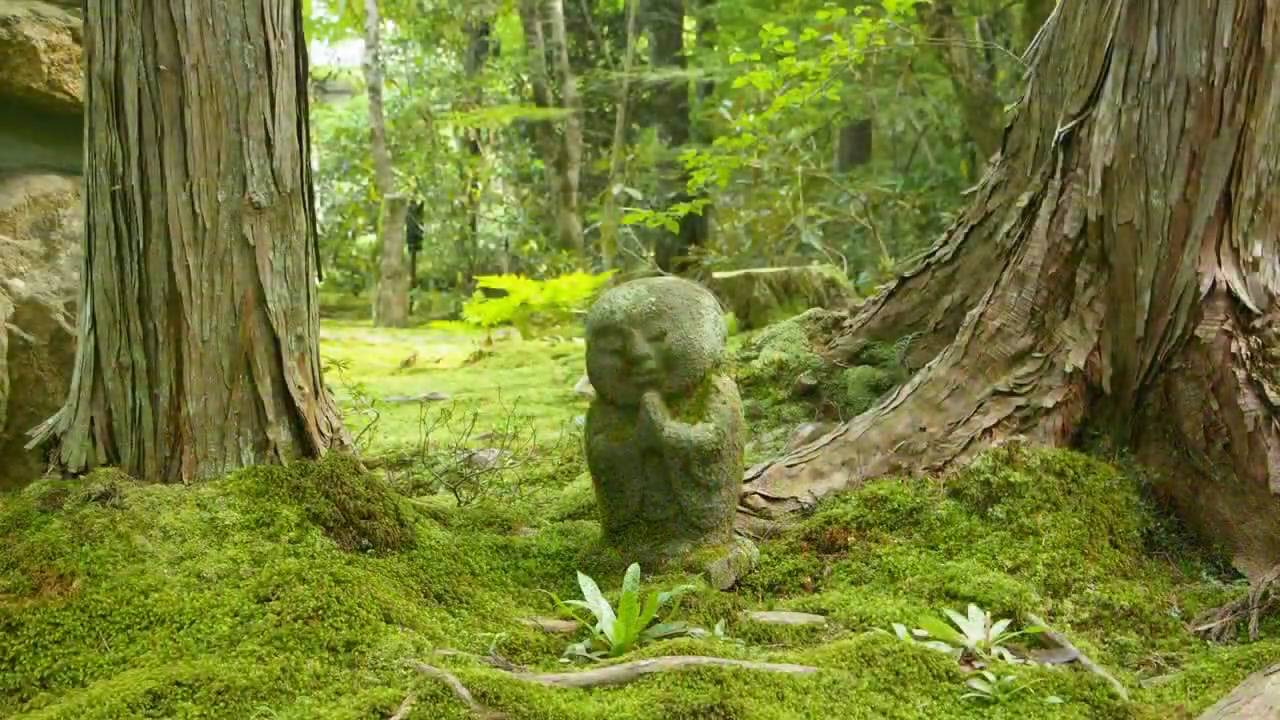
Jakkoin was founded around the year 600. A long flight of stairs leads up to the temple gate, which is particularly attractive during the autumn. Unfortunately, the main hall burnt down in 2000, but it has since been rebuilt and holds a statue of the Buddhist deity Jizo. Jakkoin is noted for having served as the nunnery of a former empress.
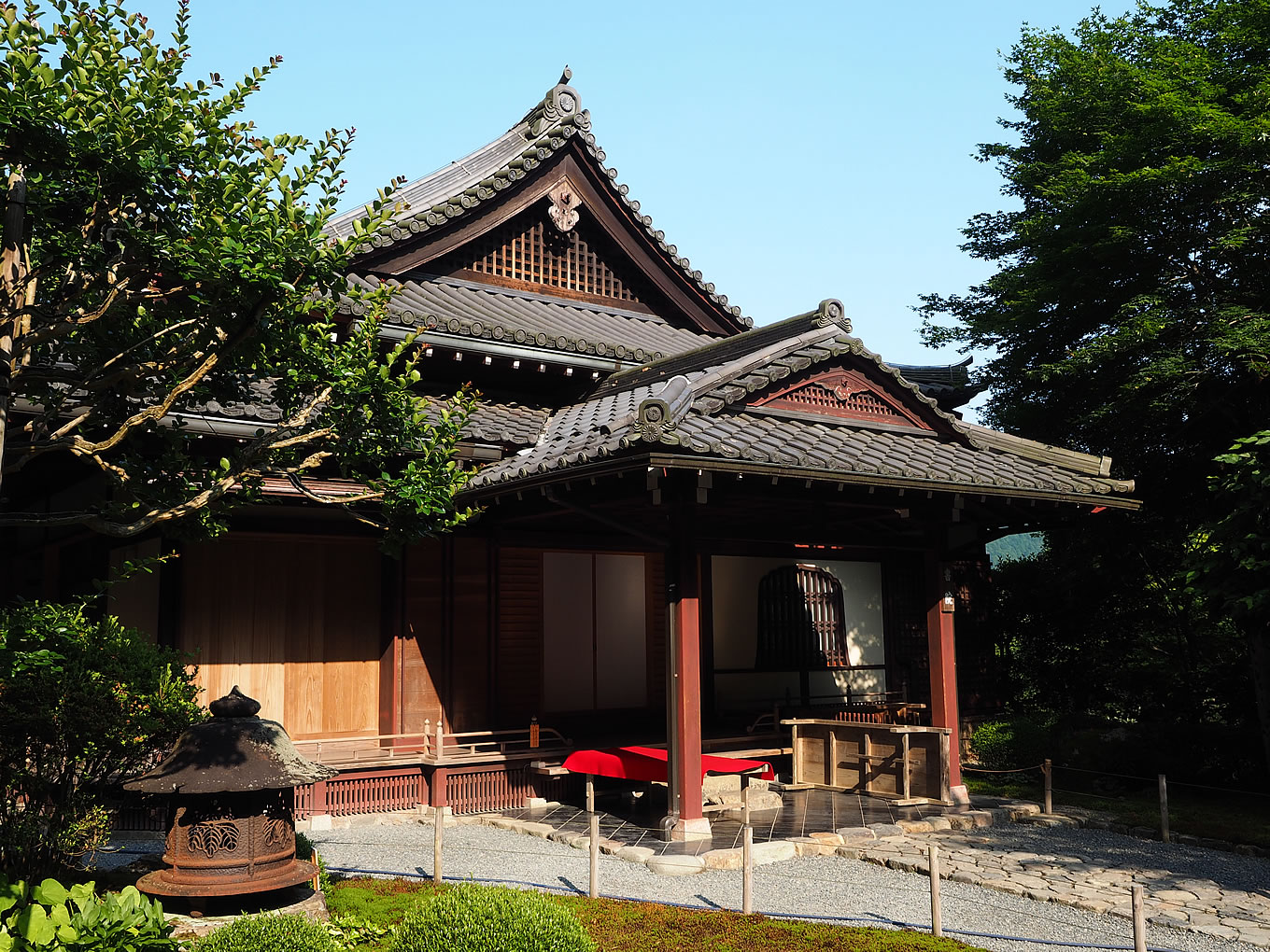
Hosenin is a small temple with attractive gardens, the most impressive of which has a large, carefully pruned 700 year old pine tree. Visitors can admire the tree from a tatami room while being served tea. There is also a strolling garden with large stones and a maple tree that is impressive during the fall.
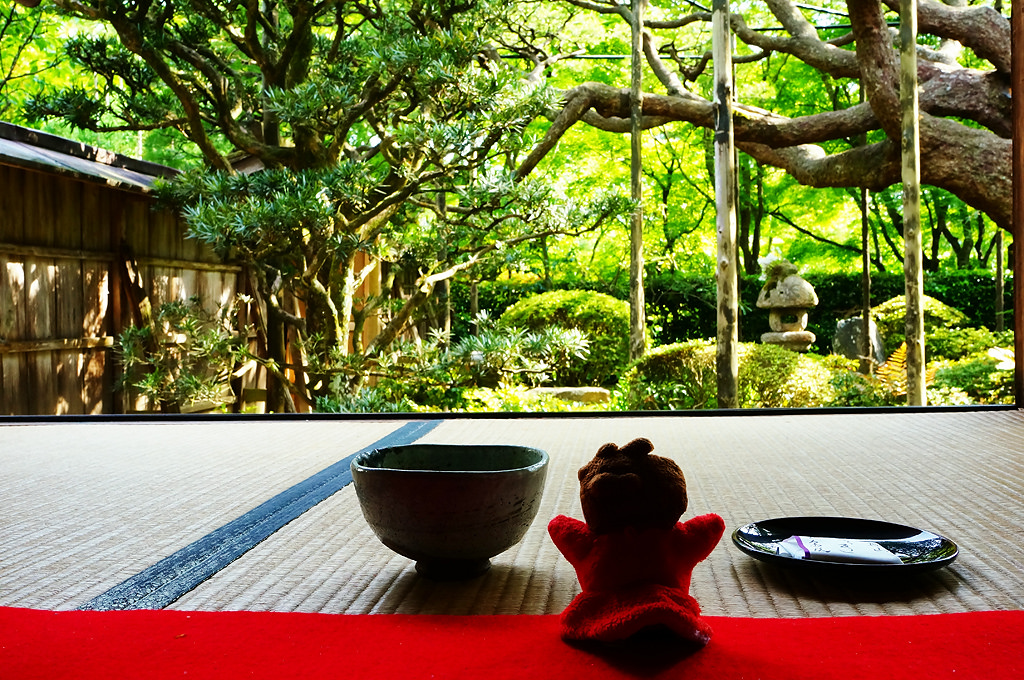
The temple was founded in 1013, and served as a location of practicing the Shomyo style of Buddhist chanting that was imported from China. The present main hall was built during the mid-Edo Period (1603-1867), and holds the temple's main object of worship, a statue of the Amida Buddha.
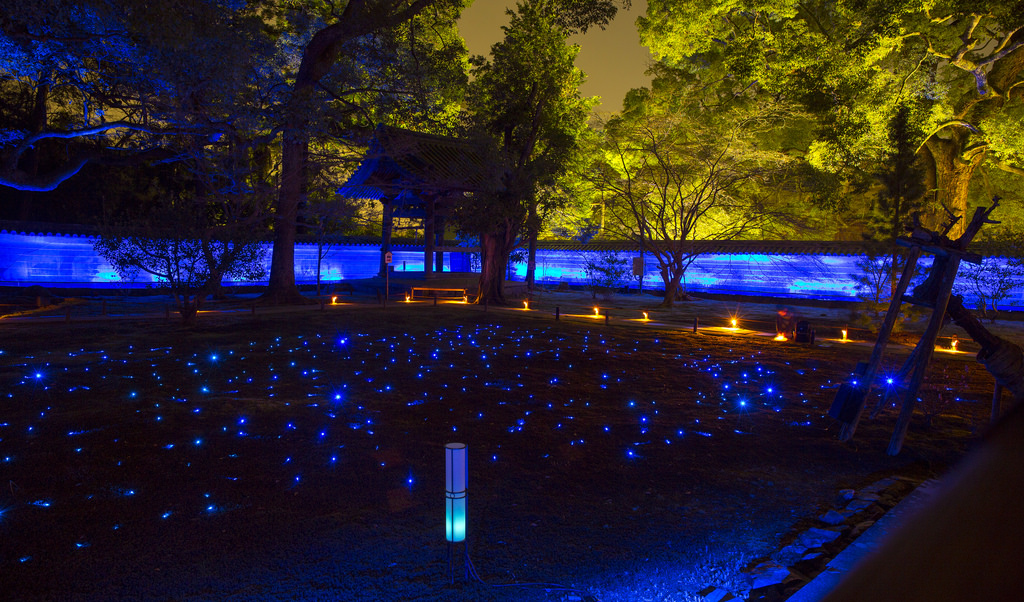
Located just across from Sanzenin, Jikkoin is another temple that has an attractive garden and includes tea as part of its admission. Jikkoin's garden is a typical Japanese garden, with a pond, shrubs and variety of flowering plants. There are small walking paths, but the garden is best enjoyed from the temple building while seated on tatami.
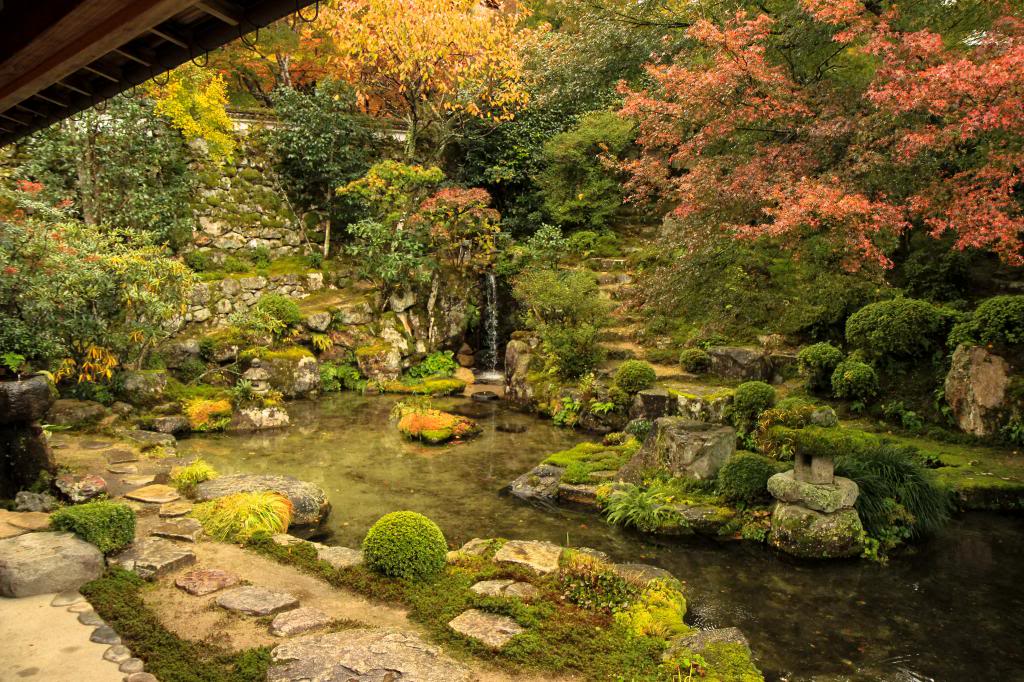
Raigoin is located quite deep within the forest. The distance from the shops and large crowds gives the temple an especially tranquil atmosphere. The temple was founded in the mid 9th century, its main hall and bell tower date back to the Muromachi Period (1333-1573) and a small stone pagoda was built in the Kamakura Period (1192-1333).
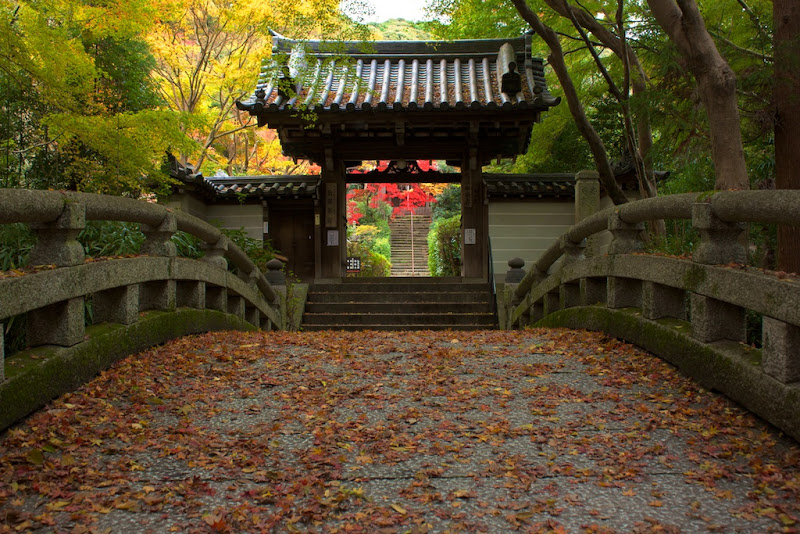
About a 10 minute walk from Sanzenin, Otonashi no Taki is an attractive waterfall located in the forest behind Ohara. Signs along walking paths clearly mark the way, so visitors don't need to worry about getting lost. The waterfall itself is like a stream that quietly trickles down the rocks. Otonashi is Japanese for "waterfall without sound", and according to legend the sound of the waterfall is gone because it fused with the sound of the nearby monks chanting.
